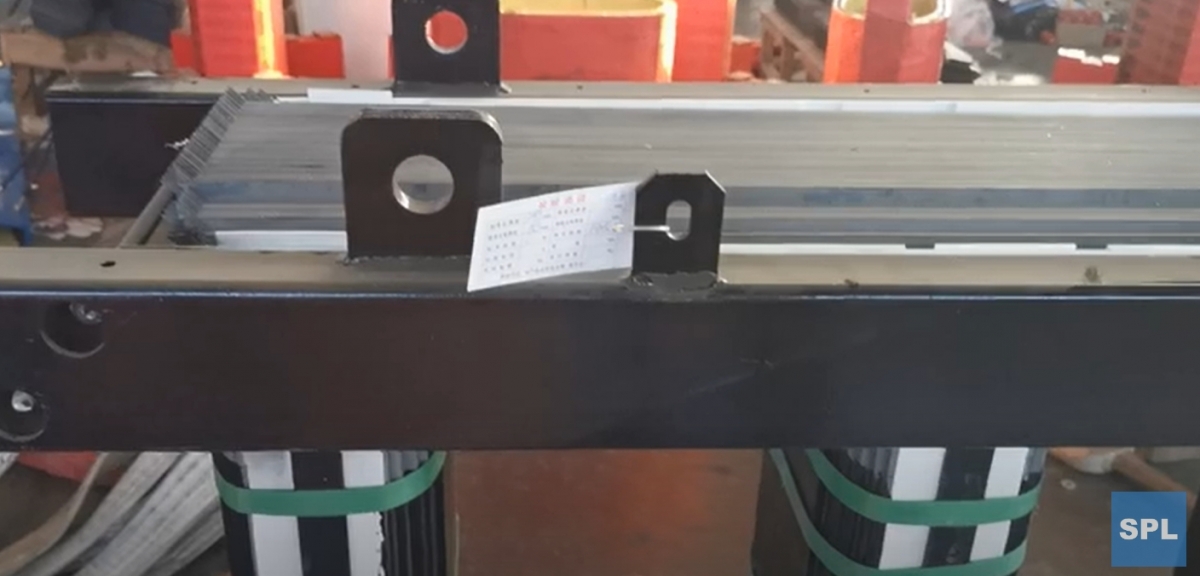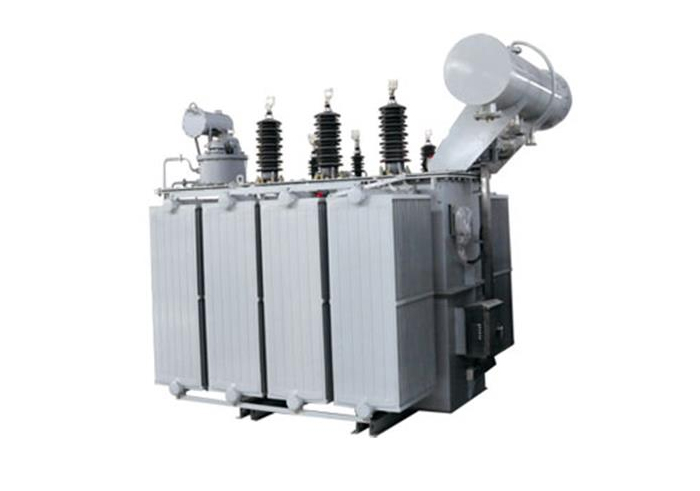Table of Contents
Comparing Dry Type and Oil Immersed Transformers
Transformers are essential components in electrical systems, as they help to regulate voltage Levels and ensure the efficient transmission of electricity. There are two main types of transformers commonly used in power distribution systems: dry type transformers and oil immersed transformers. In this article, we will compare these two types of transformers, focusing on their design, performance, and applications.
| model | Rated\\u00a0capacity\\u00a0\\uff08KVA\\uff09 | Voltage\\u00a0combination\\uff08KV\\uff09 | No-load\\u00a0losses\\uff08W\\uff09 | Load\\u00a0losses\\uff08W\\uff09 | No-load\\u00a0current\\u00a0(%) | Short-circuit\\u00a0impedance\\u00a0(%) |
| S11-630 | 630 | 33,35/6.3,6.6,10.5,11 | 830 | 7870 | 1.10 | 6.5 |
| S11-800 | 800 | 33,35/6.3,6.6,10.5,11 | 980 | 9410 | 1.00 | 6.5 |
| S11-1000 | 1000 | 33,35/6.3,6.6,10.5,11 | 1150 | 11540 | 1.00 | 6.5 |
| S11-1250 | 1250 | 33,35/6.3,6.6,10.5,11 | 1410 | 13940 | 0.90 | 6.5 |
| S11-1600 | 1600 | 33,35/6.3,6.6,10.5,11 | 1700 | 16670 | 0.80 | 6.5 |
| S11-2000 | 2000 | 33,35/6.3,6.6,10.5,11 | 2180 | 18380 | 0.70 | 6.5 |
| S11-2500 | 2500 | 33,35/6.3,6.6,10.5,11 | 2560 | 19670 | 0.60 | 6.5 |
| S11-3150 | 3150 | 33,35/6.3,6.6,10.5,11 | 3040 | 23090 | 0.56 | 7.0 |
| S11-4000 | 4000 | 33,35/6.3,6.6,10.5,11 | 3620 | 27360 | 0.56 | 7.0 |
| S11-5000 | 5000 | 33,35/6.3,6.6,10.5,11 | 4320 | 31380 | 0.48 | 7.0 |
| S11-6300 | 6300 | 33,35/6.3,6.6,10.5,11 | 5250 | 35060 | 0.48 | 7.5 |
| S11-8000 | 8000 | 33,35/6.3,6.6,10.5,11 | 7200 | 38500 | 0.42 | 7.5 |
| S11-10000 | 10000 | 33,35/6.3,6.6,10.5,11 | 8700 | 45300 | 0.42 | 7.5 |
| S11-12500 | 12500 | 33,35/6.3,6.6,10.5,11 | 10080 | 53900 | 0.40 | 8.0 |
| S11-16000 | 16000 | 33,35/6.3,6.6,10.5,11 | 12160 | 65800 | 0.40 | 8.0 |
| S11-20000 | 20000 | 33,35/6.3,6.6,10.5,11 | 14400 | 79500 | 0.40 | 8.0 |
| S11-25000 | 25000 | 33,35/6.3,6.6,10.5,11 | 17020 | 94100 | 0.32 | 8.0 |
| S11-31500 | 31500 | 33,35/6.3,6.6,10.5,11 | 20220 | 112900 | 0.32 | 8.0 |
Dry type transformers, as the name suggests, do not use oil as a cooling medium. Instead, they rely on air to dissipate heat generated during operation. This makes them a popular choice for indoor applications where the use of oil may pose a Safety hazard. Dry type transformers are also more environmentally friendly, as they do not require the use of oil, which can be a potential source of pollution if not properly managed.

On the other hand, oil immersed transformers use oil as a cooling medium to dissipate heat. The oil helps to transfer heat away from the transformer’s windings, ensuring that it operates within safe temperature limits. Oil immersed transformers are typically used in outdoor applications, where the risk of fire or explosion is lower. However, they require regular maintenance to ensure that the oil is clean and free of contaminants that could affect performance.
In terms of performance, both dry type and oil immersed transformers have their advantages and disadvantages. Dry type transformers are known for their high efficiency and low maintenance requirements. They are also more compact and lightweight compared to oil immersed transformers, making them easier to install and transport. However, dry type transformers may not be suitable for high-power applications, as they have limited cooling capacity compared to oil immersed transformers.
Oil immersed transformers, on the other hand, are known for their durability and reliability. The oil helps to insulate the transformer’s windings and protect them from moisture and contaminants, ensuring a longer service life. Oil immersed transformers are also better suited for high-power applications, as they can handle higher loads and provide better cooling performance. However, they are more expensive to purchase and maintain compared to dry type transformers.
In terms of applications, both dry type and oil immersed transformers are used in a wide range of industries, including power generation, distribution, and industrial applications. Dry type transformers are commonly used in buildings, hospitals, and data centers, where safety and space constraints are a concern. Oil immersed transformers are typically used in outdoor substations, power plants, and industrial facilities, where high-power requirements and reliability are critical.
| Type | Rating\\u00a0power\\u00a0\\uff08KVA\\uff09 | Voltage\\u00a0combination\\uff08KV\\uff09 | Off-load\\u00a0losses\\uff08W\\uff09 | Load\\u00a0losses\\uff08W\\uff09 | Off-load\\u00a0current\\u00a0\\uff08%\\uff09 | Short-circuit\\u00a0voltage\\u00a0\\uff08%\\uff09 |
| SCH15-30 | 30 | 6,6.3,6.6,10,11/0.4 | 70 | 710 | 1.6 | 4.0 |
| SCH15-50 | 50 | 6,6.3,6.6,10,11/0.4 | 90 | 1000 | 1.4 | 4.0 |
| SCH15-80 | 80 | 6,6.3,6.6,10,11/0.4 | 120 | 1380 | 1.3 | 4.0 |
| SCH15-100 | 100 | 6,6.3,6.6,10,11/0.4 | 130 | 1570 | 1.2 | 4.0 |
| SCH15-125 | 125 | 6,6.3,6.6,10,11/0.4 | 150 | 1850 | 1.1 | 4.0 |
| SC(B)H15-160 | 160 | 6,6.3,6.6,10,11/0.4 | 170 | 2130 | 1.1 | 4.0 |
| SC(B)H15-200 | 200 | 6,6.3,6.6,10,11/0.4 | 200 | 2530 | 1.0 | 4.0 |
| SC(B)H15-250 | 250 | 6,6.3,6.6,10,11/0.4 | 230 | 2760 | 1.0 | 4.0 |
| SC(B)H15-315 | 315 | 6,6.3,6.6,10,11/0.4 | 280 | 3470 | 0.9 | 4.0 |
| SC(B)H15-400 | 400 | 6,6.3,6.6,10,11/0.4 | 310 | 3990 | 0.8 | 4.0 |
| SC(B)H15-500 | 500 | 6,6.3,6.6,10,11/0.4 | 360 | 4880 | 0.8 | 4.0 |
| SC(B)H15-630 | 630 | 6,6.3,6.6,10,11/0.4 | 420 | 5880 | 0.7 | 4.0 |
| SC(B)H15-630 | 630 | 6,6.3,6.6,10,11/0.4 | 410 | 5960 | 0.7 | 6.0 |
| SC(B)H15-800 | 800 | 6,6.3,6.6,10,11/0.4 | 480 | 6960 | 0.7 | 6.0 |
| SC(B)H15-1000 | 1000 | 6,6.3,6.6,10,11/0.4 | 550 | 8130 | 0.6 | 6.0 |
| SC(B)H15-1250 | 1250 | 6,6.3,6.6,10,11/0.4 | 650 | 9690 | 0.6 | 6.0 |
| SC(B)H15-1600 | 1600 | 6,6.3,6.6,10,11/0.4 | 780 | 11730 | 0.6 | 6.0 |
| SC(B)H15-2000 | 2000 | 6,6.3,6.6,10,11/0.4 | 1000 | 14450 | 0.5 | 6.0 |
| SC(B)H15-2500 | 2500 | 6,6.3,6.6,10,11/0.4 | 1200 | 17170 | 0.5 | 6.0 |
In conclusion, both dry type and oil immersed transformers have their own unique advantages and disadvantages. The choice between the two types of transformers will depend on factors such as the application, budget, and maintenance requirements. When selecting a transformer for your project, it is important to consider these factors carefully to ensure that you choose the right type of transformer for your specific needs. If you are looking for a reliable and durable transformer, consider working with a reputable China manufacturer who can provide you with high-quality transformers that meet your requirements. Be sure to check out their videos to see their products in action and learn more about their capabilities.


